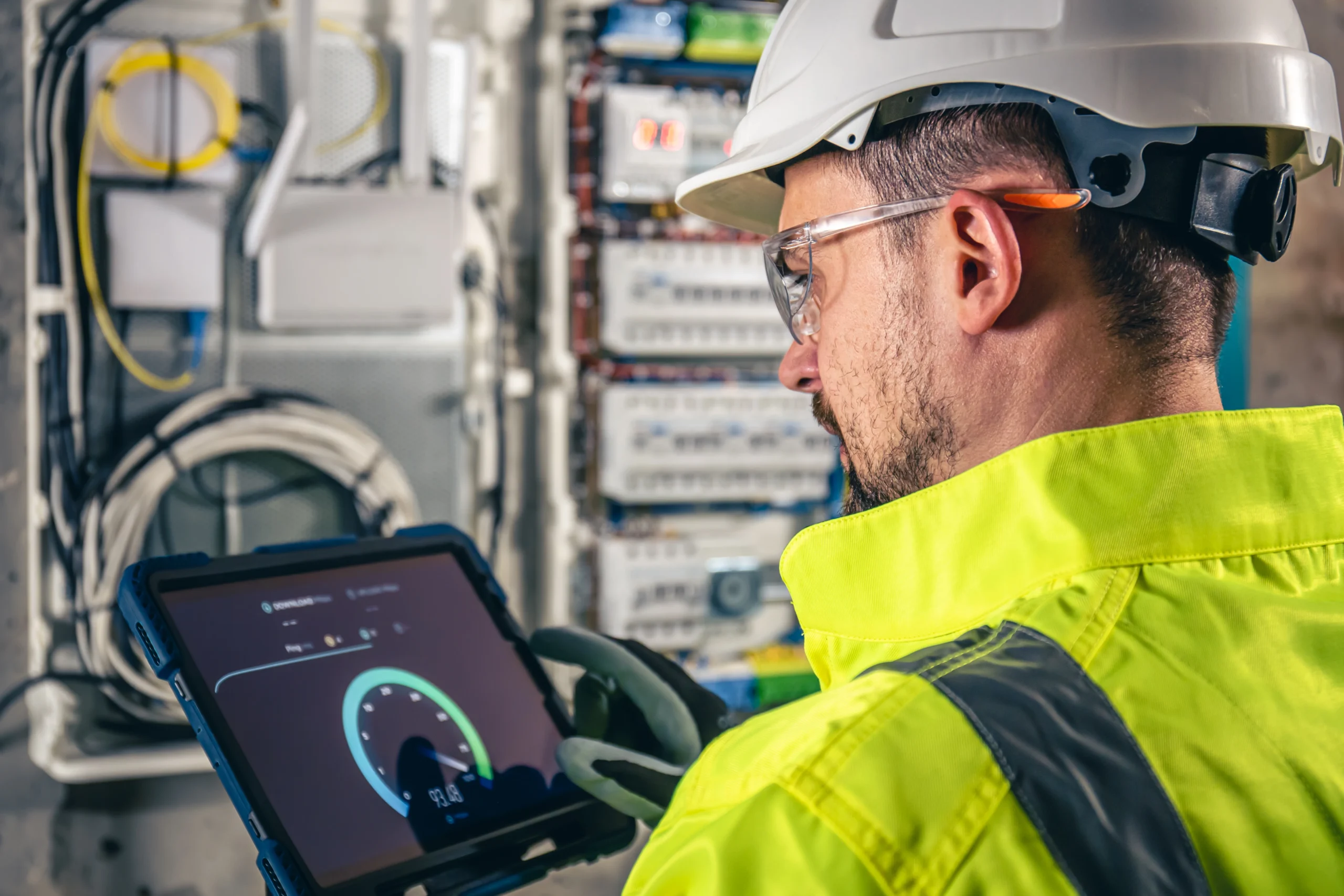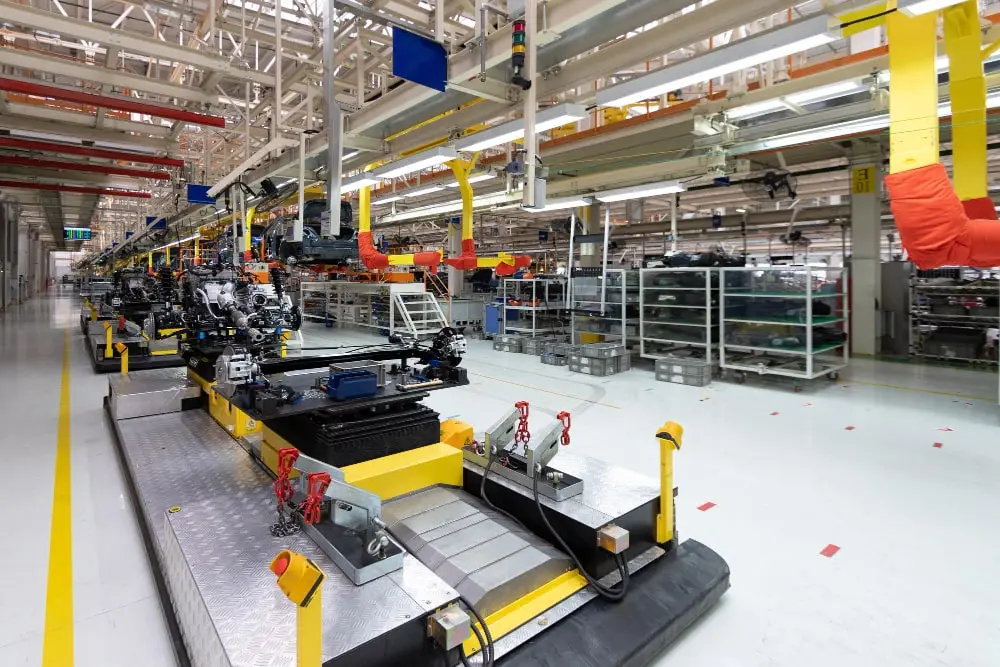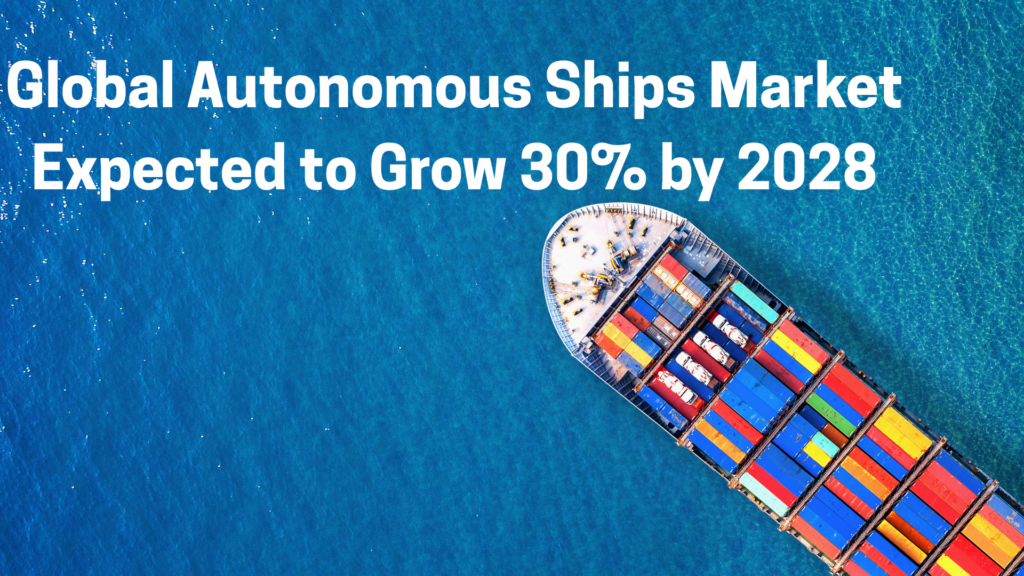Vessel monitoring system data
Real-Time Vessel Monitoring with Sensor Networks

When a ship sets sail, it’s more than just steel, engines, and cargo moving across the ocean it’s a living, moving system with countless parts working together. Behind the scenes, something even more important is happening: the ship is constantly talking, not in words, but through vessel monitoring system data.
This data tells the real story of what’s happening onboard — from how the engines are running to where the ship is, what the weather’s like, and even how much fuel is being used. Thanks to sensor networks, we can now collect and share this information in real time, making shipping safer, smarter, and more efficient
Why Real-Time Monitoring Matters
Oceans are unpredictable. A sudden storm, a hidden engine fault, or a navigational hazard can turn a smooth journey into a risky situation. In the past, ships relied on periodic radio updates or manual logs. But those methods were slow and often incomplete. Today, with real-time vessel monitoring system data, operators and crew don’t have to wait for problems to get worse — they can see issues as they happen and act immediately.
Without this data, ships risk:
- Burning more fuel than necessary
- Facing unexpected repairs
- Losing valuable time and cargo
- Putting crew safety at risk
How Sensor Networks Work at Sea
Think of a sensor network as the ship’s nervous system. Sensors are placed all over the vessel — in the engine room, along the hull, in the navigation systems, and even in the cargo holds. These sensors keep track of:
- Engine health – Temperature, vibration, and fuel usage
- Hull condition – Detecting strain or corrosion early
- Navigation – Speed, route, and GPS location
- Weather and sea conditions – Wind speed, wave height, and visibility
- Cargo safety – Keeping perishable goods at the right temperature
All of this information is instantly sent via satellite or radio to shore-based teams, who can give guidance, plan routes, or schedule maintenance before small problems become big ones.
The Real Benefits
1. Safer Journeys
Real-time alerts help crews avoid danger and handle emergencies quickly.
2. Lower Costs
Monitoring fuel use means more efficient routes and less waste
3. Fewer Breakdowns
Predictive maintenance stops small issues from causing major delays.
4. Eco-Friendly Operations
Data helps reduce emissions and meet environmental standards.
5.Smarter Fleet Management
Companies can monitor several ships at once and coordinate better.
From Cargo Ships to Research Vessels
Whether it’s a giant container ship crossing oceans, a naval ship on patrol, a fishing vessel at sea, or a research boat in the Arctic, vessel monitoring system data is the key to safe and efficient operations. Vessel monitoring system data provides real-time insights, keeps the crew informed, ensures compliance, and keeps every journey on track — no matter the size or purpose of the vessel.”
Conclusion: The Future is Even Smarter
In the coming years, we’ll see AI and advanced analytics making sense of this data even faster, predicting problems before they occur, and helping ships sail more efficiently. At the Voyage Institute of Technology,
we see vessel monitoring system data as the foundation of future maritime operations — enabling ships that aren’t just powerful, but intelligent, and driven by the right data at the right time. Because at sea, vessel monitoring system data isn’t just information — it’s safety, efficiency, and the difference between a good voyage and a great one.
For further reading on similar topics, check out article on : Master SCADA Systems with Hands-On Training
-
 Advanced Industrial Automation Systems: Transforming Modern Manufacturing
Advanced Industrial Automation Systems: Transforming Modern Manufacturing -
 When Machines Think: The Rise of Smart Industrial Automation
When Machines Think: The Rise of Smart Industrial Automation -
 The Next Frontier in Marine Automation: Autonomous Vessels
The Next Frontier in Marine Automation: Autonomous Vessels -
 Industrial Automation and Control Systems: Driving the Future of Industry
Industrial Automation and Control Systems: Driving the Future of Industry -
 Global Autonomous Ships Market Expected to Grow 30% by 2028
Global Autonomous Ships Market Expected to Grow 30% by 2028
